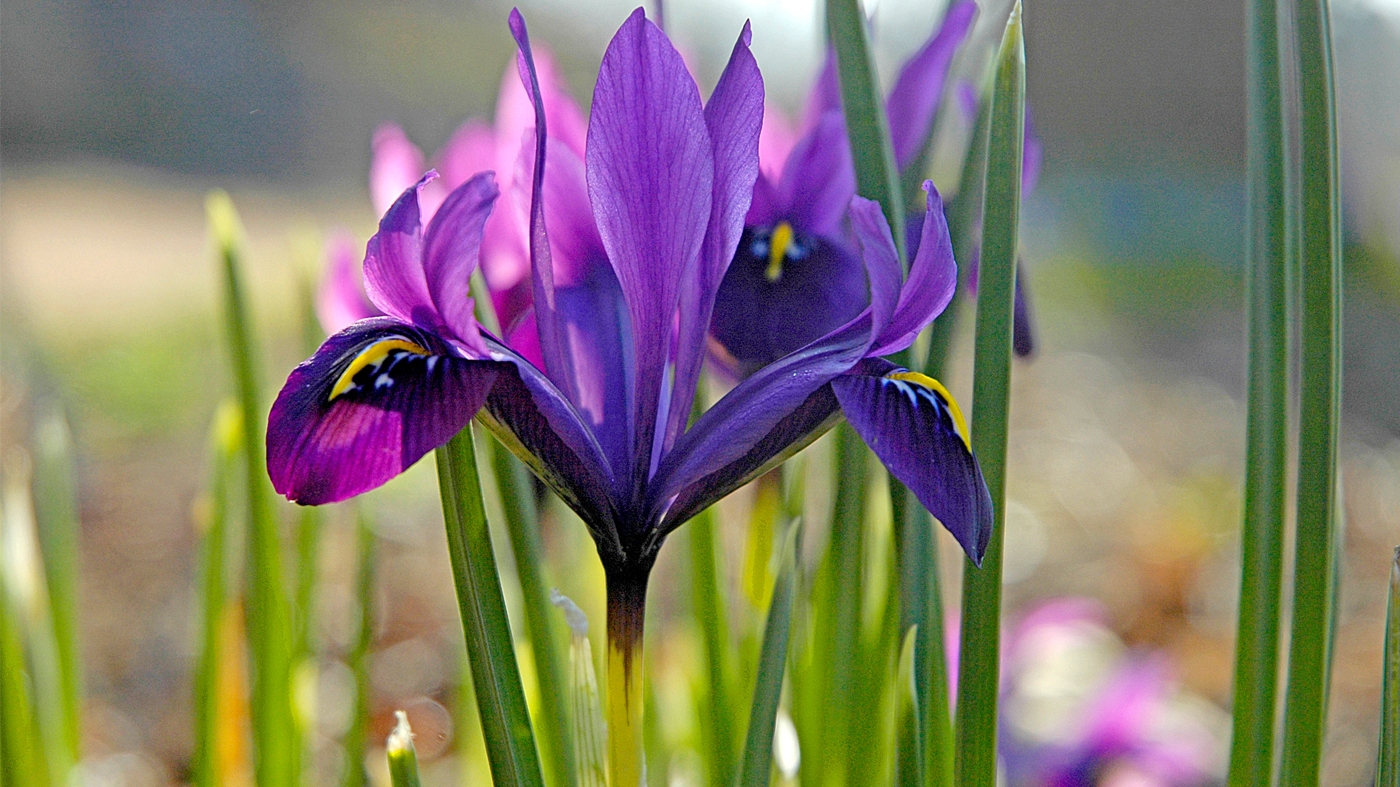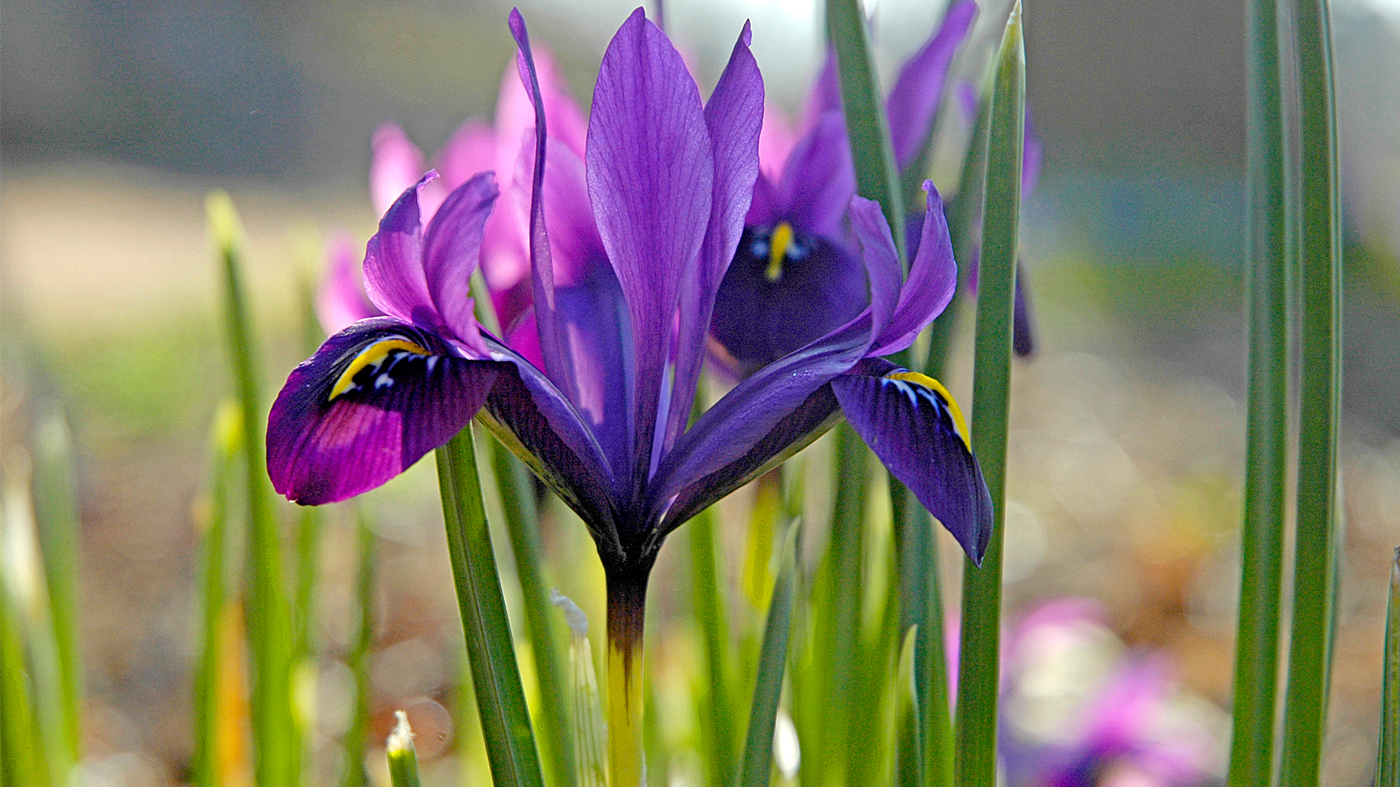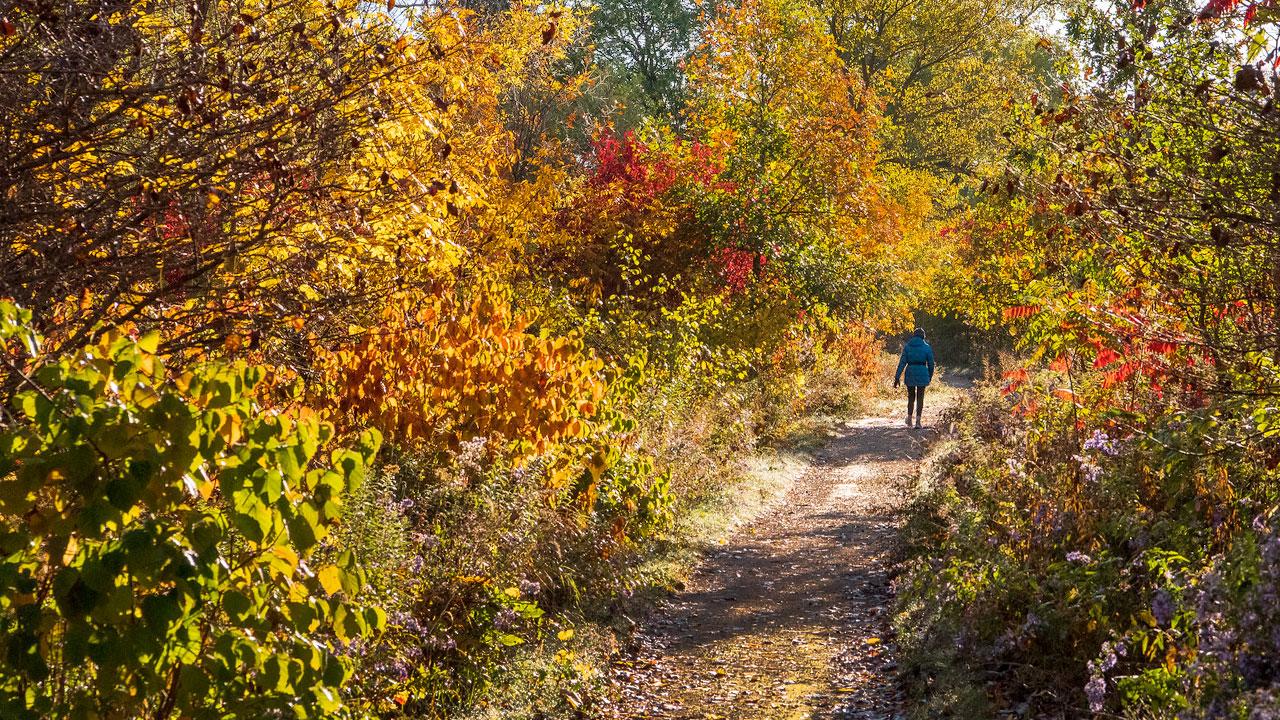

Coloring Challenge
Fall Color(ing)
As the seasons turn, hues transform, and our outdoor world changes before our eyes. Grab some crayons, let's explore what's behind the fall palette as we color the leaves to understand their changing shades.
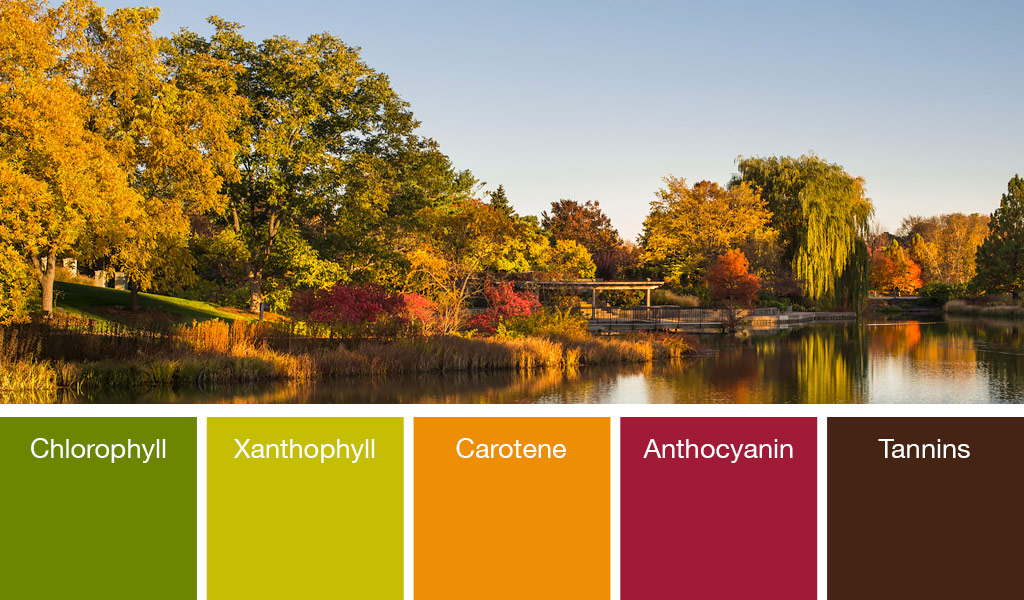
Leaf Color Pigments
Chlorophyll: (pronounced KLOR-a-fill) green
Xanthophyll: (pronounced ZAN-tho-fill) yellow
Carotene: (pronounced CARE-a-teen) gold, orange
Anthocyanin: (pronounced an-tho-SIGH-a-nin) red, violet, can also be bluish
Tannins: all that's left when leaves are brown; there are no more photo-sensitive pigments.
During the summer, tree leaves produce all the pigments we see in fall, but they make so much chlorophyll that the green masks the underlying reds, oranges, and yellows.
In fall, days get shorter and cooler, and trees stop producing chlorophyll. As a result, the green color fades, revealing the vibrant colors we love. Eventually, these colors also fade, and the leaves turn brown, wither, and drop. Then the trees become dormant for winter.
Color(ing) Activity
Color the leaves according to the pigments they produce.
Download a printable coloring activity
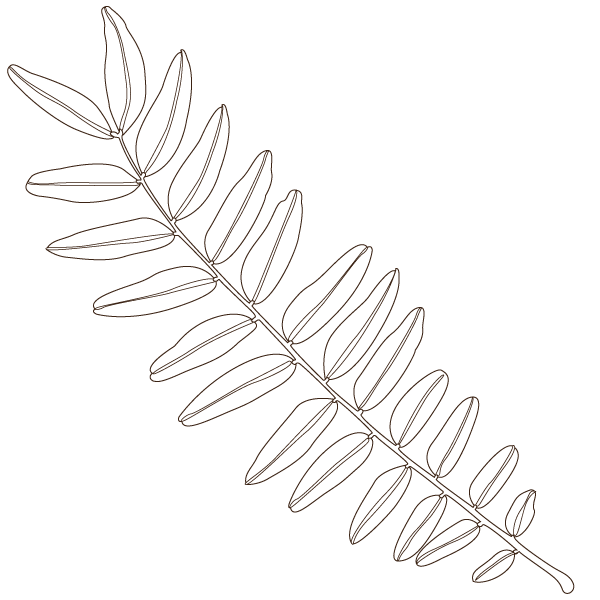
Honey locust
Leaves turn color early in the season; the lighter carotenes glow warmly against the blue sky and green grass.
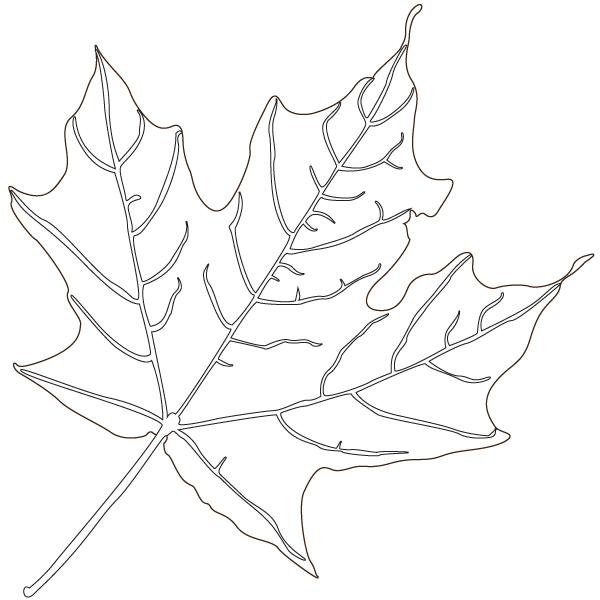
Sugar maple
The fading chlorophyll, combined with xanthophyll, carotene, and anthocyanin, produce the spectacular show we anticipate every year. Leaves change slowly and over time may be any combination of the four pigments, ending in a brilliant flame of anthocyanin.
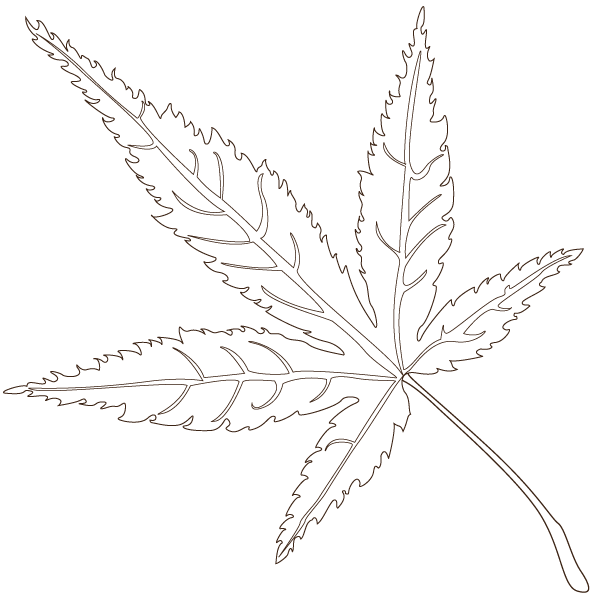
Japanese maple
The darker anthocyanin hues turn these feathery leaves the color of shadows—fitting for the spooky month of Halloween.
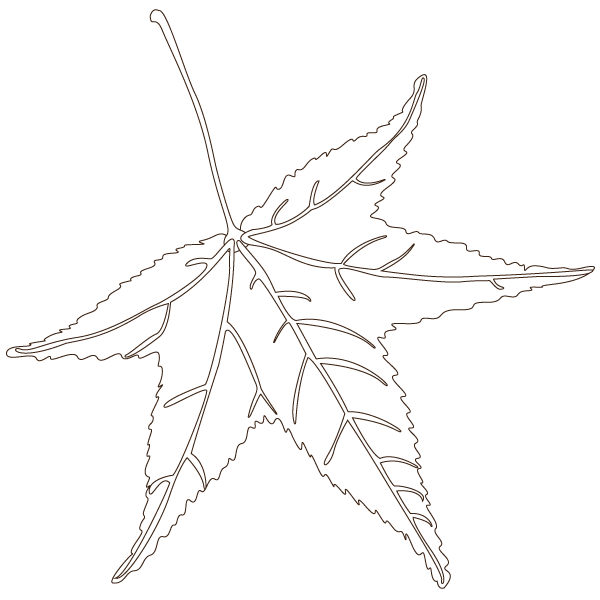
Sweetgum
Like the maple, this tree puts on an awe-inspiring display of xanthophyll, carotene, and anthocyanin all together.
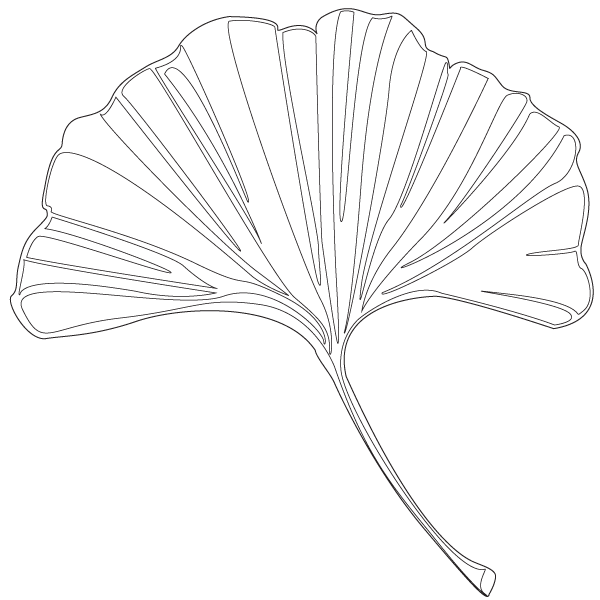
Ginkgo
Light filtering through the xanthophyll and lighter carotene of these leaves creates an ethereal glow. The ginkgo drops all of its leaves in a day or two.
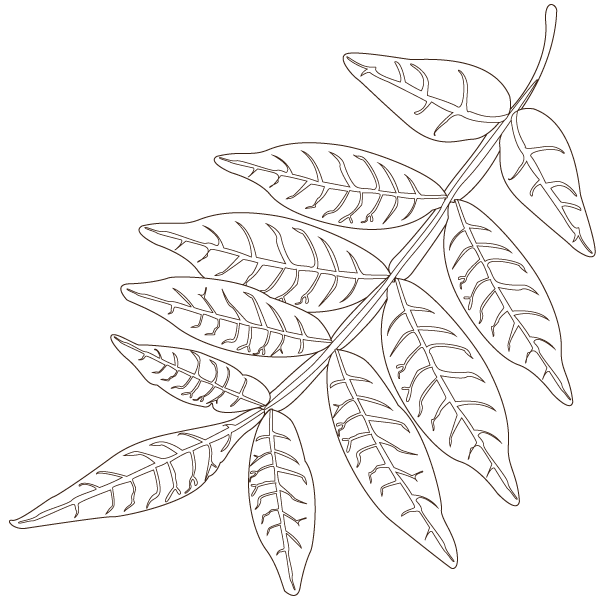
Sumac
The anthocyanin in these leaves makes them the color and shape of flames, and appears as fire against the duller colors of the surrounding landscape.
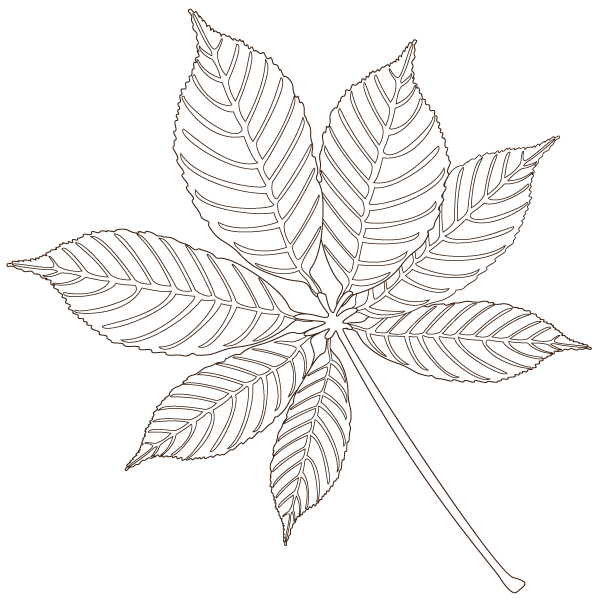
Buckeye
Carotenes recede quickly around the edges of the leaves as they prepare to parachute to the ground.
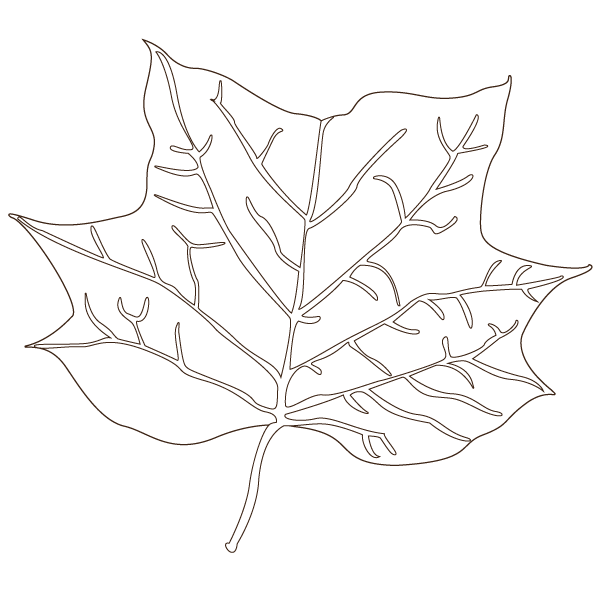
Tulip tree
A pale hint of chlorophyll mixes with xanthophyll and a touch of carotene as this tree shuts down for winter.
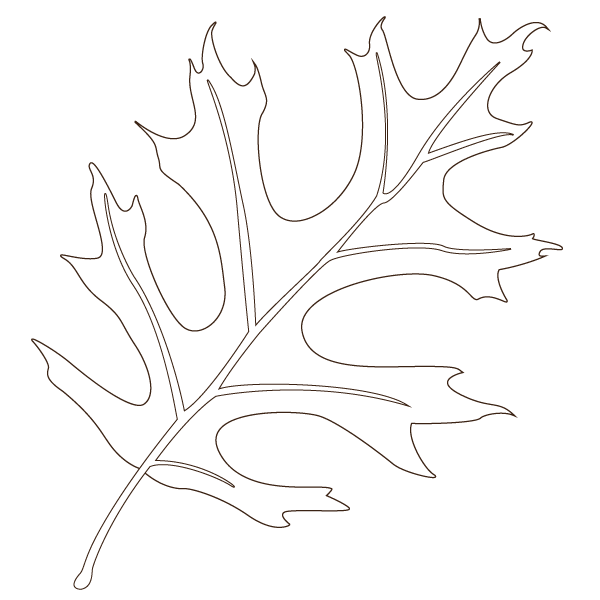
Pin oak
This stately tree holds its anthocyanin-rich leaves through the fall. The color eventually fades, but the tree holds its pigment-less leaves through the winter.
More Fun Facts About Fall Leaf Colors
- Trees use the sugars they produce through photosynthesis to make all of the pigments we see.
- The best fall color display comes in years when there has been a warm, wet spring; a summer without drought or excessive heat; and a fall with warm, sunny days and cool nights.
- Chlorophyll, carotene, xanthophyll, and anthocyanin are also responsible for the coloring of all fruits and vegetables, including corn, pumpkins, beans, peppers, tomatoes, and berries.
- Peak fall color comes earlier in northern latitudes than southern latitudes, so if you miss the best of the sugar maples in Chicago, take a trip south to get your color fix.
- You can preserve a leaf by ironing it between sheets of wax paper.
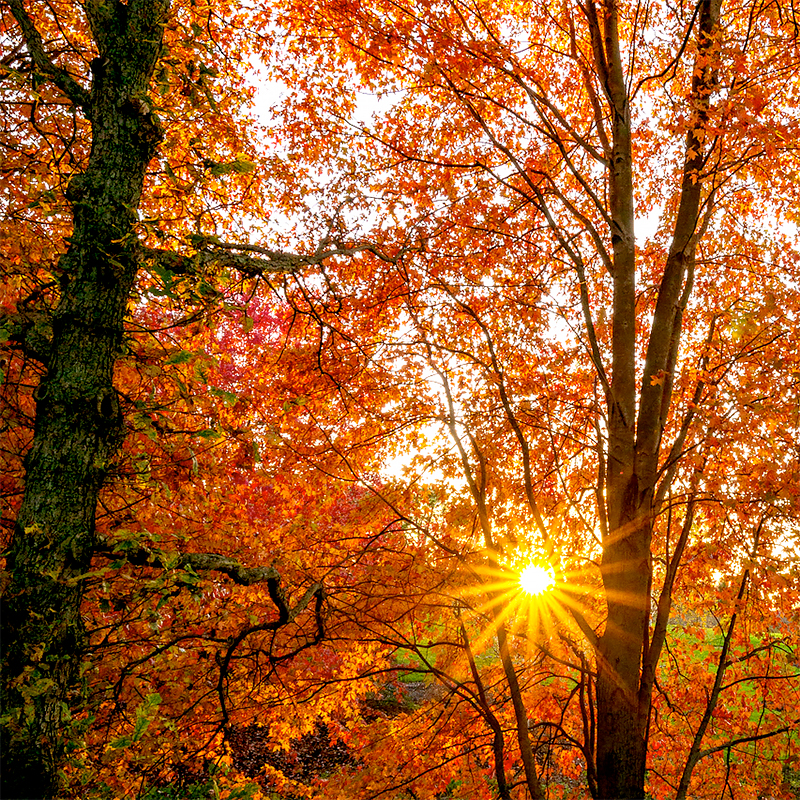
Fall Color(ing) Challenge Answer Key

Written by Kathy Johnson, Youth Programs Director
Illustrations by Maria Ciaccio, Web & Graphic Designer
